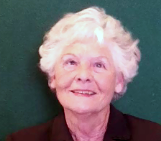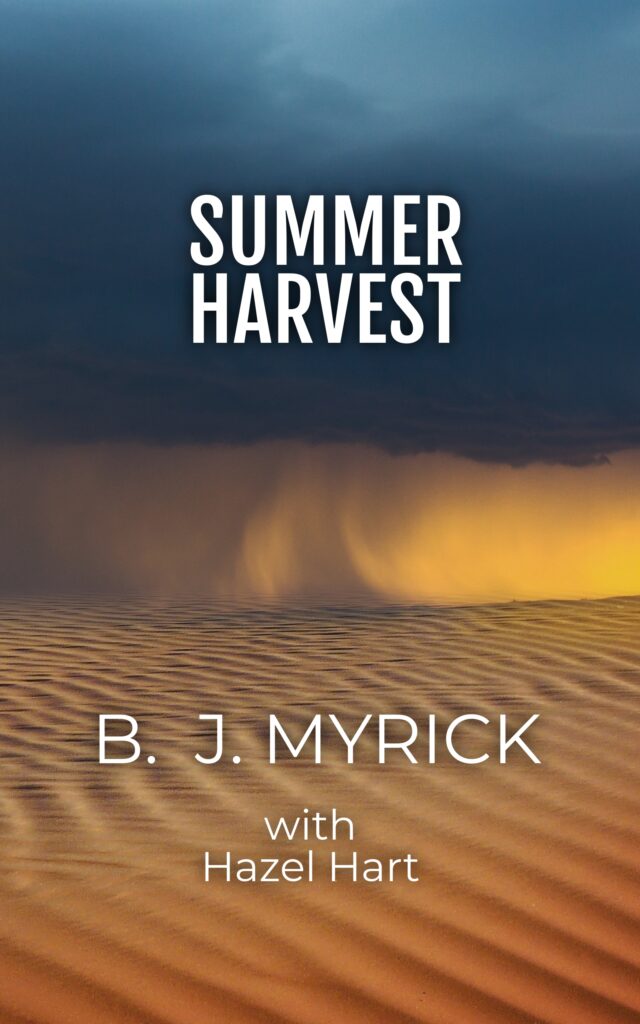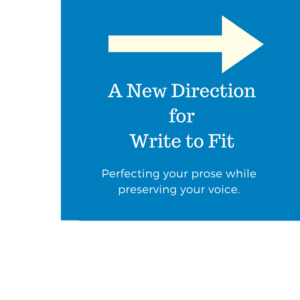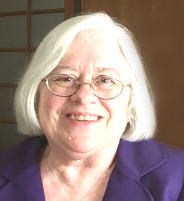My dear friend and writing buddy of more than fifteen years, B. J. Myrick aka Bonnie Eaton, passed away of COVID on January 27, 2021.
Bonnie and I started our self-publishing careers with books on Lulu and Smashwords before settling on Amazon as our publishing home. We published two anthologies of dark fiction together: Dark Side of the Rainbow and Edge of Nowhere. These were our warmup books to our novels.
Conventions, Book Covers, and Book Shows
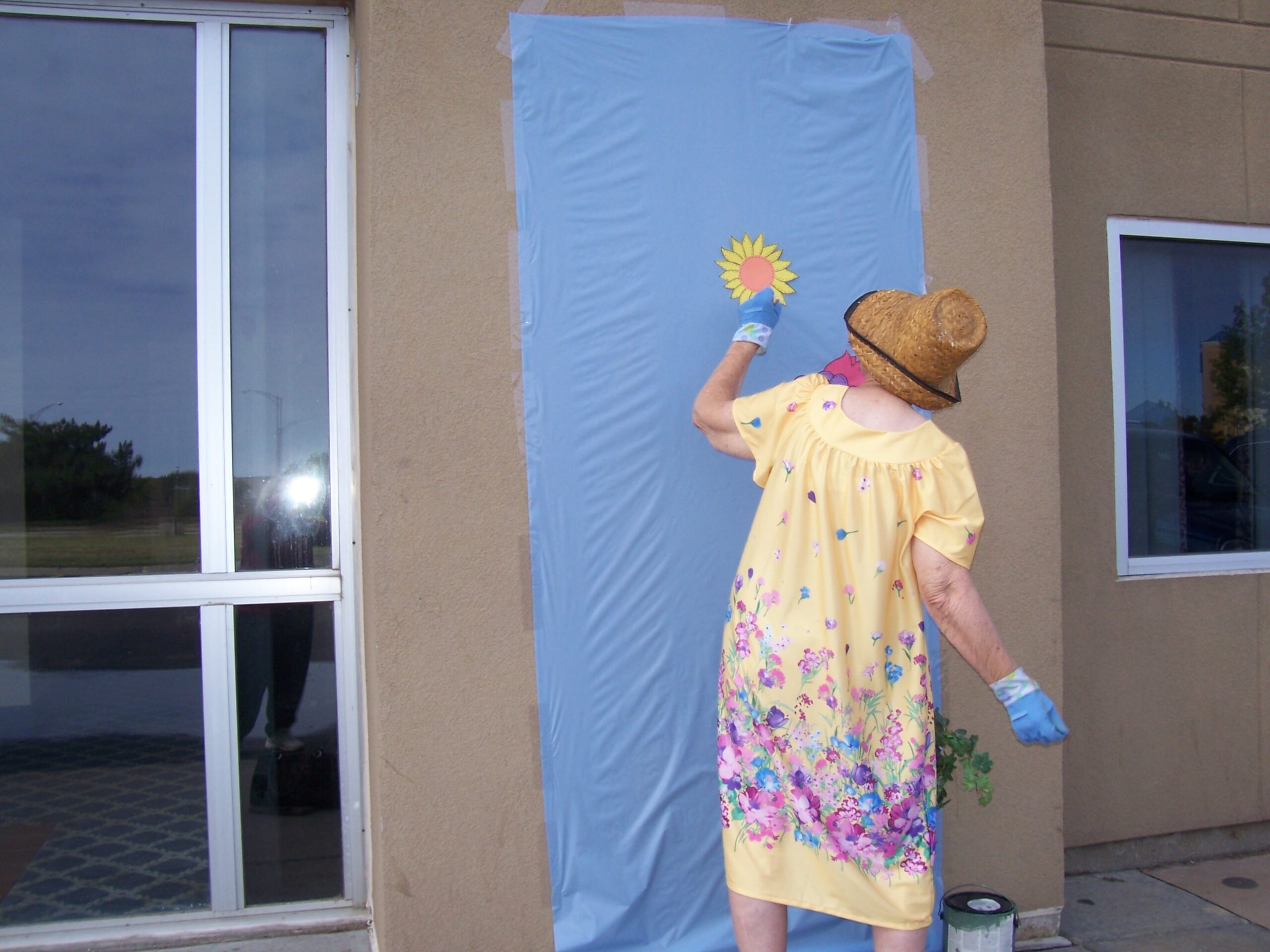
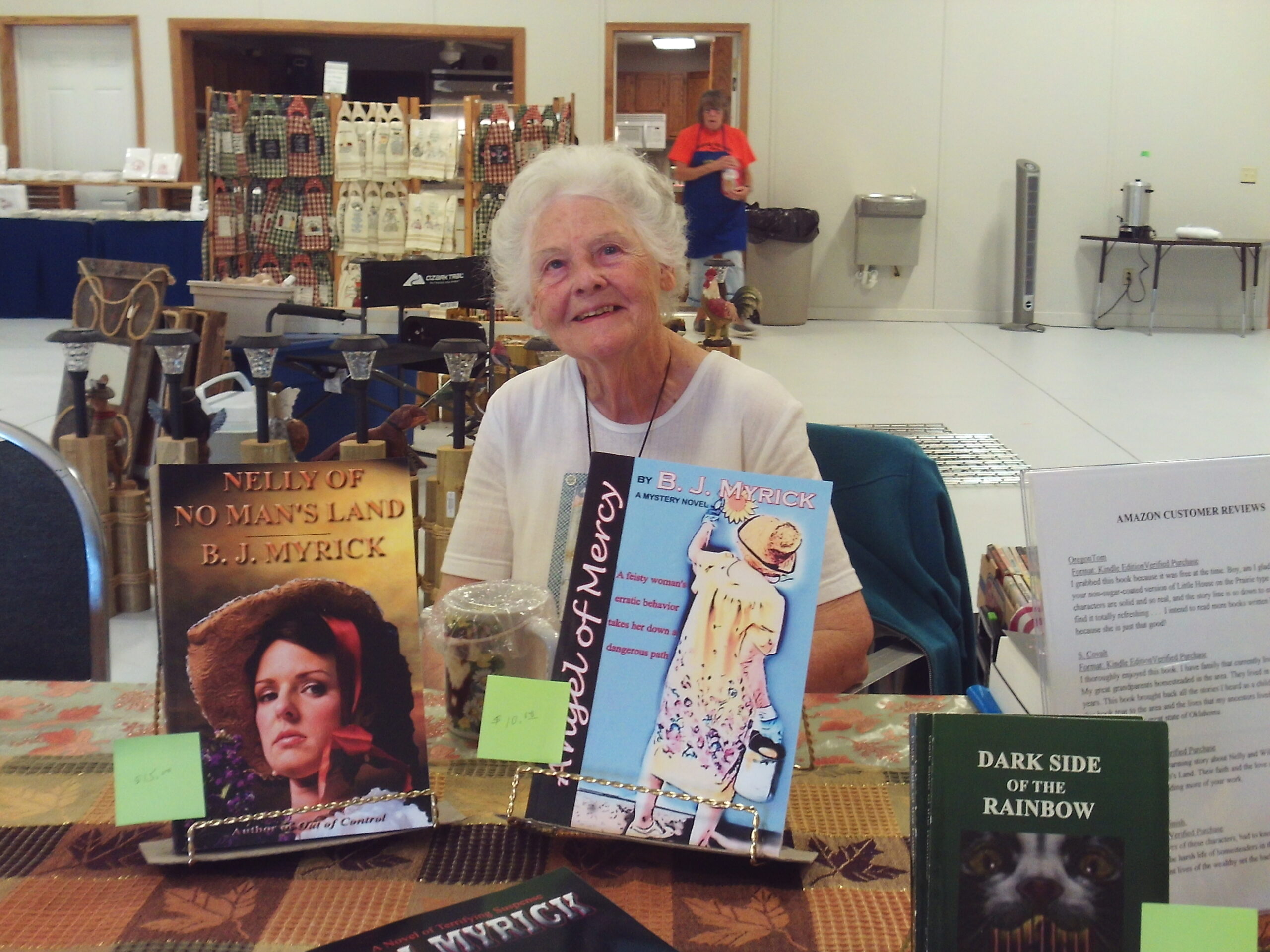
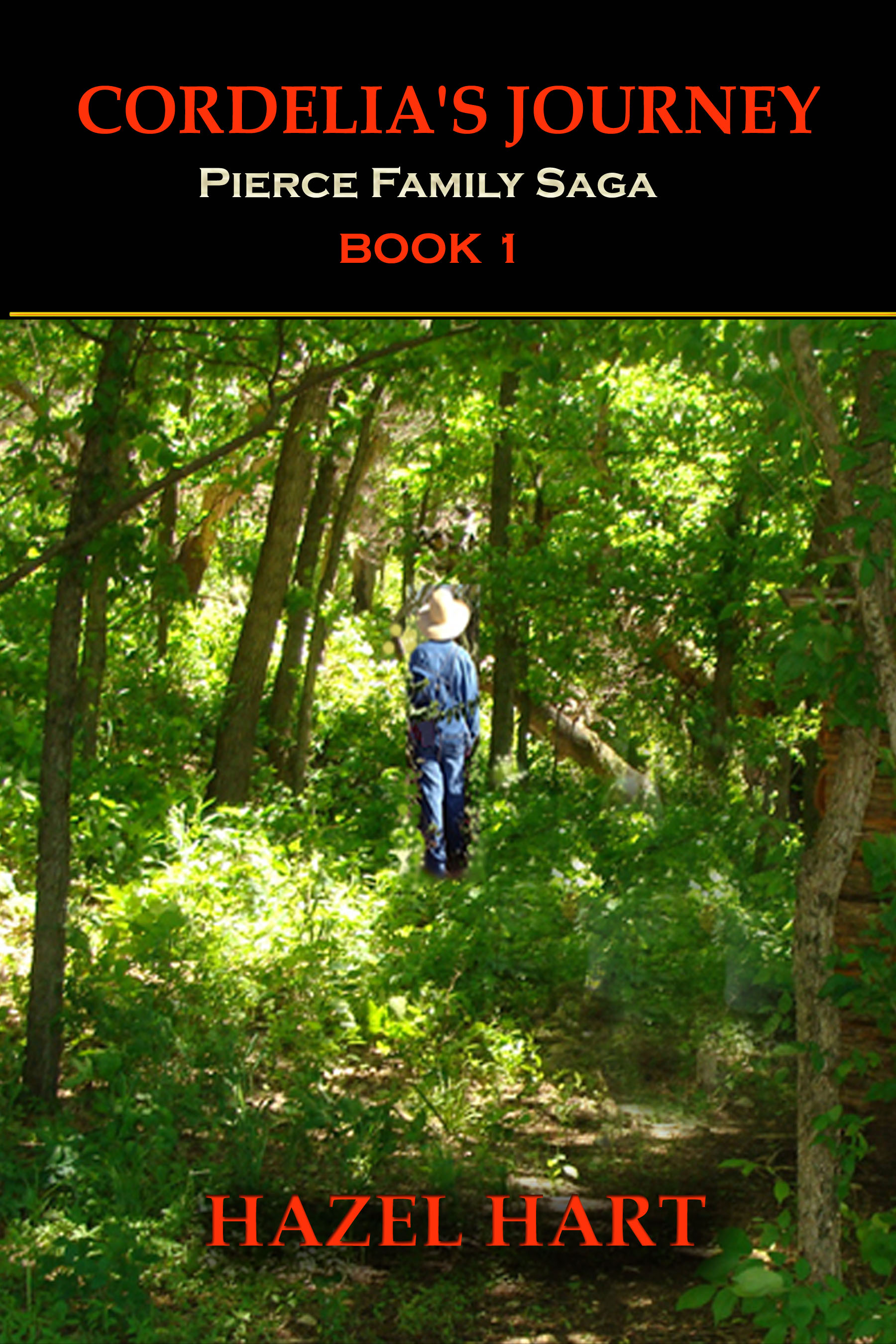
Bonnie and I first met at a Kansas Writers Association meeting. Later, we also joined Kansas Authors Club. Both organizations helped us move from wannabe writers to published authors.
At a Kansas Authors Club Convention in Hutchinson, Kansas, we had a photo shoot for Bonnie’s novel, Angel of Mercy. Bonnie was the model for and the creator of her own book cover.
At another convention in Topeka, Kansas, we did a photo shoot for Cordelia’s Journey. Victoria Hermes-Bond was the girl walking away on the book cover. You’d never know from looking that the photo was taken in front of a hotel on a busy Topeka street. Bonnie, with her wonderful Photoshop skills, was able to take the girl out of the city and put her in a wooded country area. She made all of the book covers for my Pierce Family Saga series except the last one.
Without Bonnie, I would probably never have published a book, and now I have published ten novels. I called her my relentless friend because she would never let me give up.
In my last conversation with her, she tearfully asked, “What will happen to my book?” Bonnie had just completed a rough draft of her fourth novel, which she had been working on since the fall of 2017 and feared for its fate. I promised to edit and publish it. I finally made good on that promise in September, 2022. Summer Harvest is now available on Amazon.
I chose the category of Christian thriller because the main character and hero, Garrett Potmeyer, is a Christian, and a possible prophet shows up to help him save four billion people from being killed through a secret government program of climate manipulation.
Florida’s recent Hurricane Ian was, through one reported conspiracy account, caused by just such a deep state action. Bonnie loved conspiracies. I don’t know much about them, so I put my faith in her research.
I’m not sure what Bonnie would say about my chosen headline for the book description, but here it is:
This year’s Summer Harvest: A bumper crop of humans.
The final sentence in the book description:
With only his faith to guide him, can Garrett stop the final phase of Summer Harvest before half the Earth’s population is destroyed?
If you like reading about conspiracy theories and covert government actions, check out Bonnie’s last book.
And if you knew Bonnie and have a memory to share, please leave a comment.

